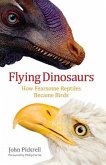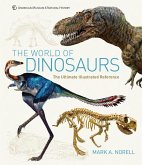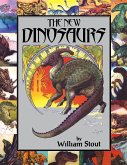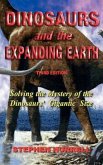Maniraptora includes the first known bird, Archaeopteryx, the small, four-winged, feathered glider, Microraptor, and the terrestrial runner Bambiraptor. All are considered important links in the origin of flight and a subsequent transition to terrestriality. In cladistic classifications, dromaeosaurid dinosaurs were only considered terrestrial cursors. The discovery of a gliding stage within the dromaeosaurs confounds the currently suggested evolutionary framework and lacks predictability for origin of flight scenarios. Paleoclimate was a significant factor for evolution of dinosaur-like birds and birdlike dinosaurs during the Mesozoic. This time is characterized by faunal and floral changes reflecting the cooling trend at end of the Cretaceous. The environment opened up making it difficult for poor fliers and gliders as forested areas became less dense. Secondarily flightless terrestrial forms and birds with full flight capabilities survived best in these new environments. Eventually, birds of modern aspect probably replaced the primitive maniraptorans since they were more efficient fliers and had evolved higher metabolic rates suitable for the cooler climate.
Bitte wählen Sie Ihr Anliegen aus.
Rechnungen
Retourenschein anfordern
Bestellstatus
Storno








